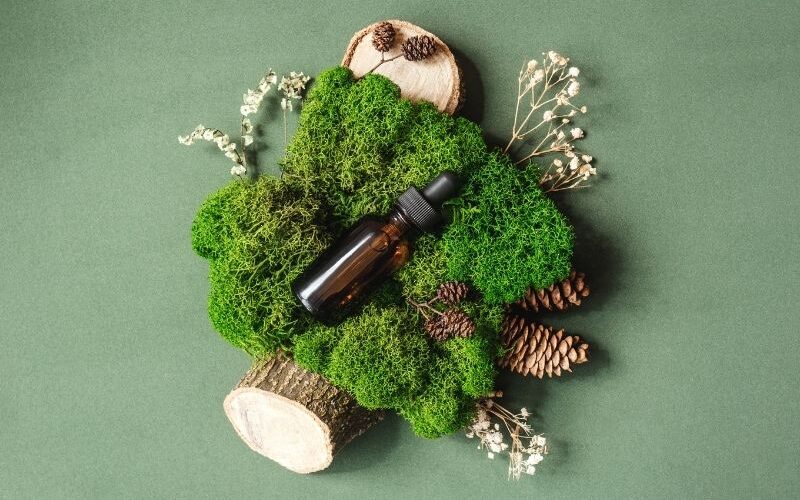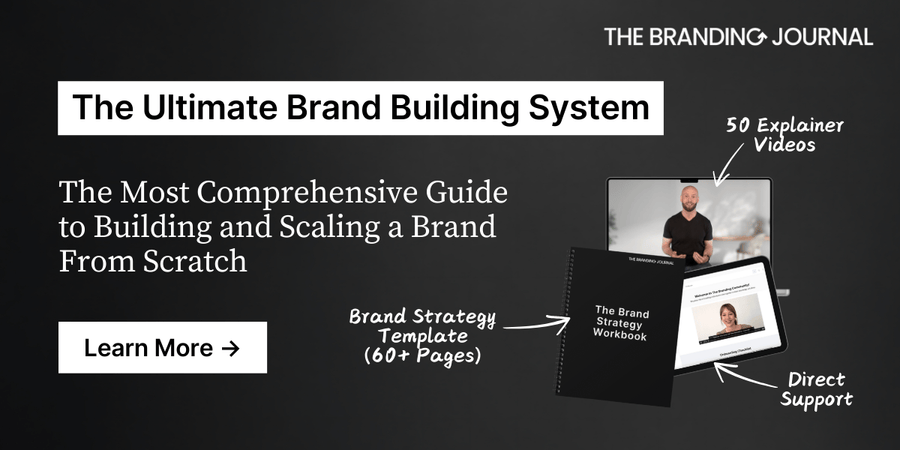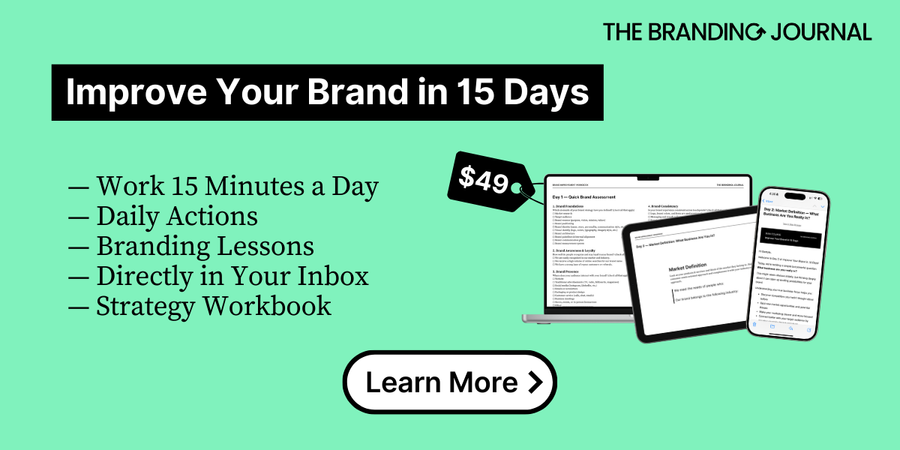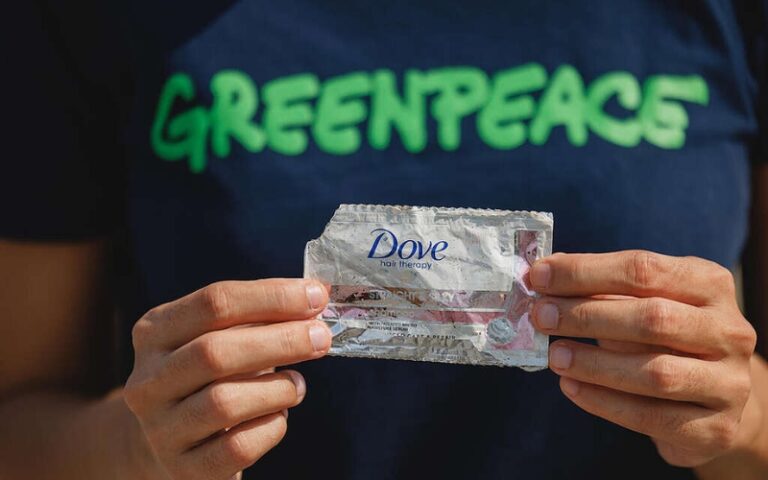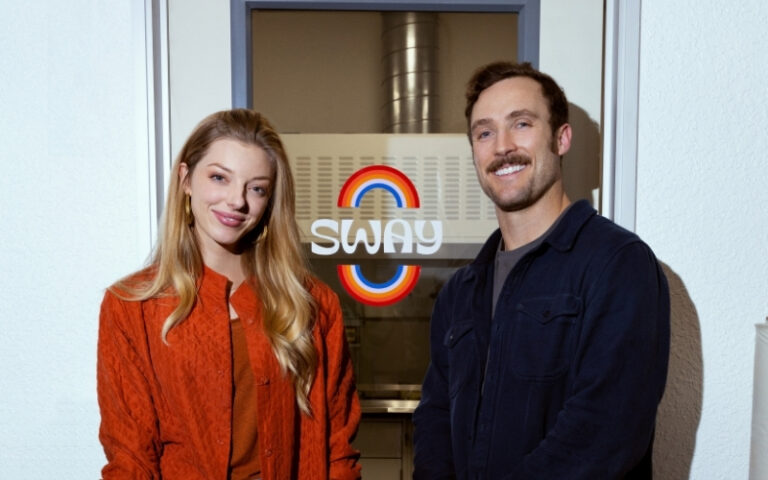Emma is a sustainable designer and environmental educator. She is the co-founder of Little Fox Design, a design studio focused on full-service sustainable design. She kindly agreed to share with us her approach and advice on sustainable design practices.
Proven Systems for Business Owners, Marketers, and Agencies
→ Our mini-course helps you audit and refine an existing brand in 15 days, just 15 minutes a day.
→ The Ultimate Brand Building System is your step-by-step blueprint to building and scaling powerful brands from scratch.
Table of Contents
1. Hi Emma! Could you to please introduce yourself and tell us more about your background?
Hi! Thank you so much. My name is Emma and I started Little Fox Design with my partner in an attempt to lower my impact as a designer, contribute in a meaningful way to the sustainability movement, and help other designers learn how to be more eco-friendly in their own businesses and practices.
Little Fox is a design studio committed to sustainable design practices in every aspect of our work with clients. We consider their carbon footprint, materials choice for packaging and marketing, and ensure that everything we create with clients has a minimal footprint on the Earth and is produced as sustainably as possible in our current system.
My formal background is in English Literature and Museum Studies, although when working in museums to realize my (then) dream of being a curator, I quickly found myself always ending up in the role of the designer. Through this, I realized my passion for design and started freelancing.
2. What made you become a sustainable designer?
I was relatively new to freelancing when 2016 brought us headlines about the warming Earth, climate crisis, sea-level rise, and more. While still new to the renewed climate movement, I was growing increasingly aware and alarmed of the impact we were having on the planet and the existential threat that faced us with the climate crisis.
As a way of managing my anxiety around the issue, I started trying to reduce our plastic footprint and find fun ways to switch over to reusable items instead of disposable single-use materials. I found the process fun and empowering, and I wanted to find a way to reduce the impact of my business as well. I wasn’t sure how to do that–would clients care? Would I single-handedly ruin my business by niching into a space that wasn’t viable? I Google’d frantically for other designers that practiced sustainability to try and find a way forward. There wasn’t a lot out there–a few books published over a decade ago, and no recent research. I quickly realized that the books available were frequently outdated or flatly incorrect and that I would have to trailblaze a little.
After a few months of strategizing, I decided to start the research process myself and have spent the last 3-4 years trying to understand climate crisis, forestry, resource extraction, climate justice, and how these concepts interact with graphic design, and how designers can make a tangible difference.
3. How would you define Green Design, and why is it important?
Our definition of green design is to create graphic design, branding, and packaging projects that consider resource use and material choice in order to lower their impact on the planet. Green design means thinking about the entire lifecycle of something we create.
It’s my opinion that designers hold a lot of power in the creation process when working with businesses and service providers. Clients are coming to us for expertise, and I believe it’s our responsibility to be knowledgeable about the impact of paper choices and materials. As much as choosing the right paper stock is important for brand recognition, print quality, and the professional presentation of the brand, we should understand what choices have a bigger environmental impact than others.
It’s important to understand that our design work has a life beyond our Illustrator/InDesign artboards when it is printed into a physical form–it’s important we know what that lifecycle will look like. We think our approach should be normalized within the design industry.
4. According to the Ellen McArthur Foundation, design is an essential element of the first principle of the circular economy: “design out waste and pollution”. How do you see the connection between green design and the circular economy?
In ideal circumstances green design and circular economy principles align well, unfortunately we see a lot of abuse of the term ‘circular economy’ by industry. For example the use of reclaimed ocean plastics to produce recycled plastic clothing.
Removing plastic from the ocean is good, but if we just recreate more disposable plastic out of it (not to mention that plastic textiles are leading contributors to microplastic pollution) then what is actually being accomplished? We think this sort of practice sidesteps a much more important question: should we produce textiles out of plastic at all? We like the principles the circular economy embodies as presented, but all too often the language is used by bad actors deflecting deeper criticisms of their practices.
5. How can designers better reduce the environmental impact of their design work?
Learning the technical details of sustainable certifications is a major part of this, particularly for print design. Not all certifications are of equal quality, understanding the drawbacks and strengths of different paper certifications can dramatically affect the ultimate impact of a design.
Additionally, learning the properties and life-cycle impact assessments of the materials they use in their work. The first part of reducing your impact is understanding what it truly is, only then can you start effectively targeting where you can improve.
6. Would you have practical tips to make branding more sustainable in terms of design (e.g., logo design, chosen fonts & imagery, packaging design, web & digital design)?
The most important thing you can do for sustainable design is to consider your material choice and printing methods. These areas of your design work will have the most impact positively or negatively on the environment. Ink is 1% or less of your total material use, so when we’re talking in terms of design choices (fonts, images, etc), there is very little opportunity to have an impact–which is actually a good thing! Design however you like! If your material choice is sustainable and well-researched, you’ve made the most important choice for sustainable impact.
A few little details for printing methods that you can watch out for are avoiding: foils, UV Spot Coatings, and Soft-Touch Matte Coatings or laminates. These are all made with or use plastic in the process of creation. Often the plastic layers are adhered to the paper and make it difficult to separate in the recycling process. So, if you can avoid unnecessary coatings like that and focus more on die-cutting, embossing, debossing, and letterpress stylings for printing you’ll be able to create a more sustainable result.
For our packaging projects that require plastic (to ensure moisture barriers or preserved or prevent leakage of oils/butters), we ensure to consider the type of plastic used and the weight of the plastic per item. As plastics (especially soft plastics) are not recyclable and not sustainable, it’s our priority to reduce the use of plastic whenever possible, even if that just means lightweighting the product by using a thinner plastic. It’s an unfortunate reality of the sustainable packaging industry today that there are very few feasible alternatives for plastics for food/moisture-sensitive ingredients! So, we help educate our clients and their customers by talking transparently about this reality, what decisions were made behind the scenes for the use of plastic, and how to discuss this with their customers and audience in an authentic and not-greenwashed way.
7. Could you give us an example of a design you’ve worked on recently, and what were the primary challenges and outcomes?
We’ve been doing a lot of work with eCommerce businesses selling food products. The challenge here is trying to maintain high standards of sustainability with products that have safety requirements since they’re meant for human consumption. This goes along with the relatively tight margins that many food producers run their businesses on.
Every product has different requirements in terms of moisture sensitivity, light sensitivity, shelf-life, and many other factors that must be considered. Looking at all of those pieces holistically, and then helping business owners choose the most sustainable option possible based on their needs, is a very complex but also rewarding process.
As an example, we recently needed to provide packaging for a whole foods meal replacement product, which required a plastic laminate layer in order to have a sufficient moisture barrier. Once we determined that plastic was necessary, we worked to minimize the amount of plastic used and provided the clients with recommendations going forward once their business had scaled to a point where other packaging options became more viable.
8. What are your favorite green design projects and why?
One of our favorite projects was working with Baraka Impact to create branding, packaging, and a website design. The company produces fairtrade, sustainable shea butter, oils, and artisan goods from Ghana.
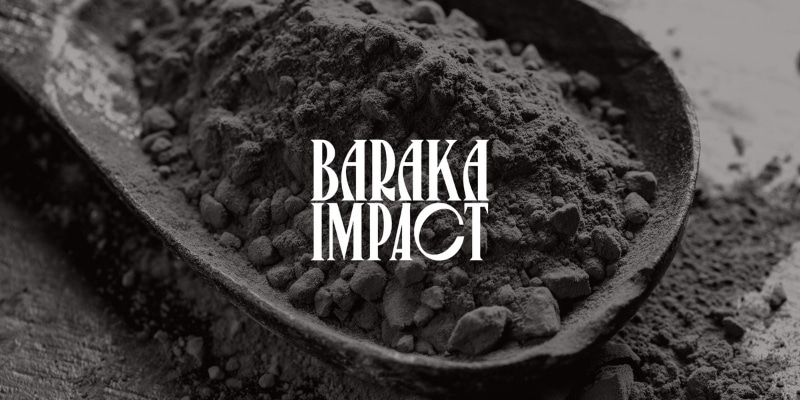


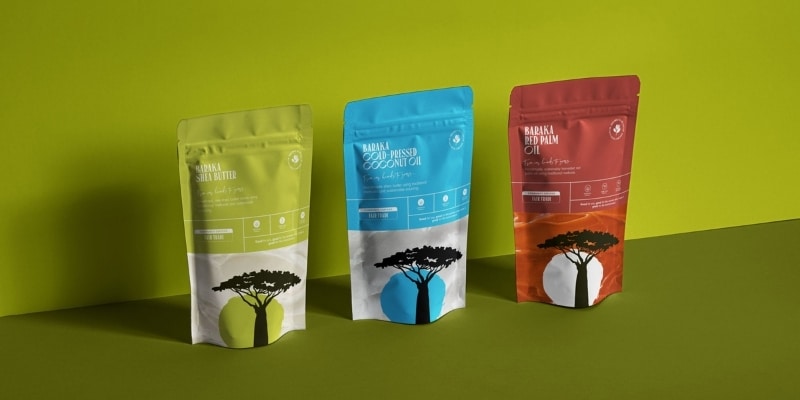
We worked heavily on integrating sustainable messaging into the brand strategy for Baraka – this is a crucial element to the branding process itself (as much of branding is digital these days). The messaging for Baraka previously was a bit hidden in layers of their website/social media, and we integrated their visual identity to represent their sustainability and prioritize immediate customer understanding of sustainability when they interacted with Baraka! This also came in the form of specifically designed brand marks to represent their values. It’s important to be able to talk about values and mission authentically and transparently with customers! It was an amazing experience being able to implement the branding across all touchpoints for the consumer and prioritize a sustainably focused messaging angle for consumers at every step of the way.
We also have a lot of incredible projects we’re working on right now in the alternative meats/foods industry, which is really exciting. Can’t wait to be able to show them off!
9. Do you have any books, videos, articles, or other resources about green design you would like to recommend to our readers?
I would highly recommend designers who are interested in ethical design read Naomi Klein: some of my favourite recommendations are No Logo (which discusses the history of branding and marketing and capitalism), and On Fire (which discusses climate justice and actionable activism). I also recommend Kate Arnoff’s “A Planet To Win” as an inspiring read about why we should fight for a better, safer, low-carbon future and why that’s an important goal in and of itself, instead of just fighting for avoiding a crisis.
10. Any last words you’d like to add?
The world of sustainability is hard to navigate. It can be easy to feel guilty or overwhelmed by not making all the right choices, or feeling like you’re not doing enough. It’s okay to take things slow, to learn at your own pace, to practice activism in your own way. Corporations are responsible for the majority of our emissions and waste in the world–they intrinsically work to shift the blame onto the consumer, onto you.
It’s okay to not be a perfect environmentalist–nobody is. Just taking a few small steps towards a better future is all we need.

About our Interview Partner
Emma is the co-founder of Little Fox Design, a design studio dedicated to environmentally sustainable design for people and the planet. After seeing the numerous headlines about the climate crisis in 2016, Emma wanted to find some way of integrating sustainability into her design practices. Emma brings a love of natural history and museums to each project, blending her love of nature into design projects through the use of striking photography and minimalist design to create environmentally sustainable, beautiful branding and packaging projects. Working with her partner, Little Fox has also developed a course about Green Graphic Design that teaches other designers how to make sustainable choices both inside and outside of their studio and with their clients for design, branding, packaging, and more.




